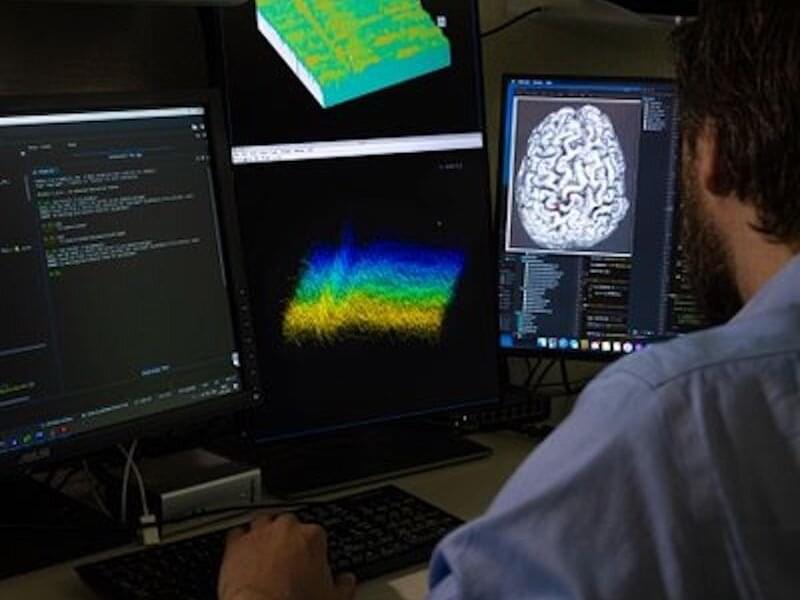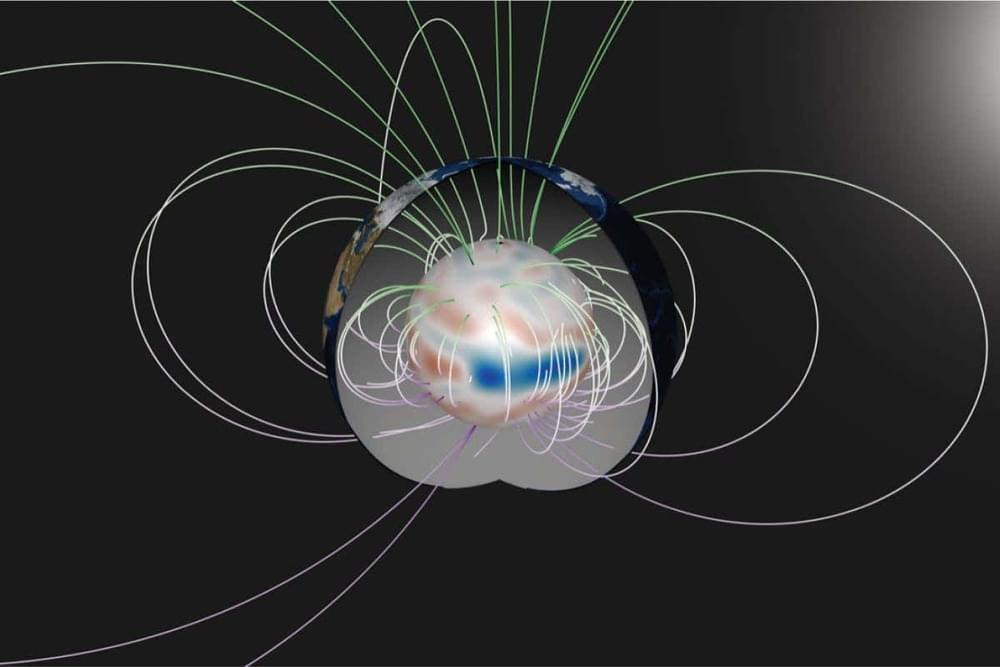𝙇𝙤𝙪 𝙂𝙚𝙝𝙧𝙞𝙜’𝙨 𝙙𝙞𝙨𝙚𝙖𝙨𝙚—𝙖𝙢𝙮𝙤𝙩𝙧𝙤𝙥𝙝𝙞𝙘 𝙡𝙖𝙩𝙚𝙧𝙖𝙡 𝙨𝙘𝙡𝙚𝙧𝙤𝙨𝙞𝙨 (𝘼𝙇𝙎)—𝙞𝙨 𝙖 𝙣𝙞𝙜𝙝𝙩𝙢𝙖𝙧𝙚 𝙞𝙣 𝙞𝙩𝙨 𝙖𝙙𝙫𝙖𝙣𝙘𝙚𝙙 𝙛𝙤𝙧𝙢, 𝙡𝙚𝙖𝙫𝙞𝙣𝙜 𝙥𝙖𝙩𝙞𝙚𝙣𝙩𝙨 𝙬𝙞𝙩𝙝𝙤𝙪𝙩 𝙖𝙣𝙮 𝙢𝙚𝙖𝙣𝙨 𝙤𝙛 𝙘𝙤𝙢𝙢𝙪𝙣𝙞𝙘𝙖𝙩𝙞𝙣𝙜 𝙩𝙝𝙚𝙞𝙧 𝙣𝙚𝙚𝙙𝙨 𝙖𝙣𝙙 𝙬𝙞𝙨𝙝𝙚𝙨. 𝘽𝙪𝙩 𝙖 𝙣𝙚𝙬 𝙗𝙧𝙖𝙞𝙣 𝙞𝙢𝙥𝙡𝙖𝙣𝙩 𝙝𝙖𝙨 𝙖𝙡𝙡𝙤𝙬𝙚𝙙 𝙖 34-𝙮𝙚𝙖𝙧-𝙤𝙡𝙙 𝙡𝙤𝙘𝙠𝙚𝙙-𝙞𝙣 𝘼𝙇𝙎 𝙥𝙖𝙩𝙞𝙚𝙣𝙩 𝙩𝙤 𝙧𝙚𝙜𝙖𝙞𝙣 𝙝𝙞𝙨 𝙖𝙗𝙞𝙡𝙞𝙩𝙮 𝙩𝙤 𝙘𝙤𝙢𝙢𝙪𝙣𝙞𝙘𝙖𝙩𝙚 𝙬𝙞𝙩𝙝 𝙛𝙖𝙢𝙞𝙡𝙮 𝙖𝙣… See more.
The Neuro-Network.
𝐁𝐫𝐚𝐢𝐧 𝐢𝐦𝐩𝐥𝐚𝐧𝐭 𝐡𝐞𝐥𝐩𝐬 𝐜𝐨𝐦𝐩𝐥𝐞𝐭𝐞𝐥𝐲 ‘𝐥𝐨𝐜𝐤𝐞𝐝-𝐢𝐧’ 𝐦𝐚𝐧 𝐜𝐨𝐦𝐦𝐮𝐧𝐢𝐜𝐚𝐭𝐞
𝙐𝙣𝙖𝙗𝙡𝙚 𝙩𝙤 𝙢𝙤𝙫𝙚 𝙖 𝙨𝙞𝙣𝙜𝙡𝙚 𝙢𝙪𝙨𝙘𝙡𝙚, 𝙚𝙫𝙚𝙣 𝙩𝙤 𝙤𝙥𝙚𝙣 𝙮𝙤𝙪𝙧 𝙚𝙮𝙚𝙨. 𝘾𝙤𝙢𝙥𝙡𝙚𝙩𝙚𝙡𝙮 𝙡𝙤𝙘𝙠𝙚𝙙 𝙞𝙣𝙩𝙤 𝙮𝙤𝙪𝙧 𝙤𝙬𝙣 𝙗𝙤𝙙𝙮, 𝙮𝙚𝙩 𝙛𝙪𝙡… See more.
Unable to move a single muscle, even to open your eyes. Completely locked into your own body, yet fully conscious and aware.
Lou Gehrig’s disease— amyotrophic lateral sclerosis (ALS)—is a nightmare in its advanced form, leaving patients without any means of communicating their needs and wishes.








